

C-arouNd


EJP Soil Project

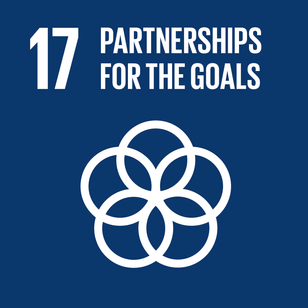
Contact: PI: Mellissa Ananias Soler da Silva (mellissa.soler@embrapa.br)
Co-PI: Abad Chabbi (abad.chabbi@inrae.fr)

Aim
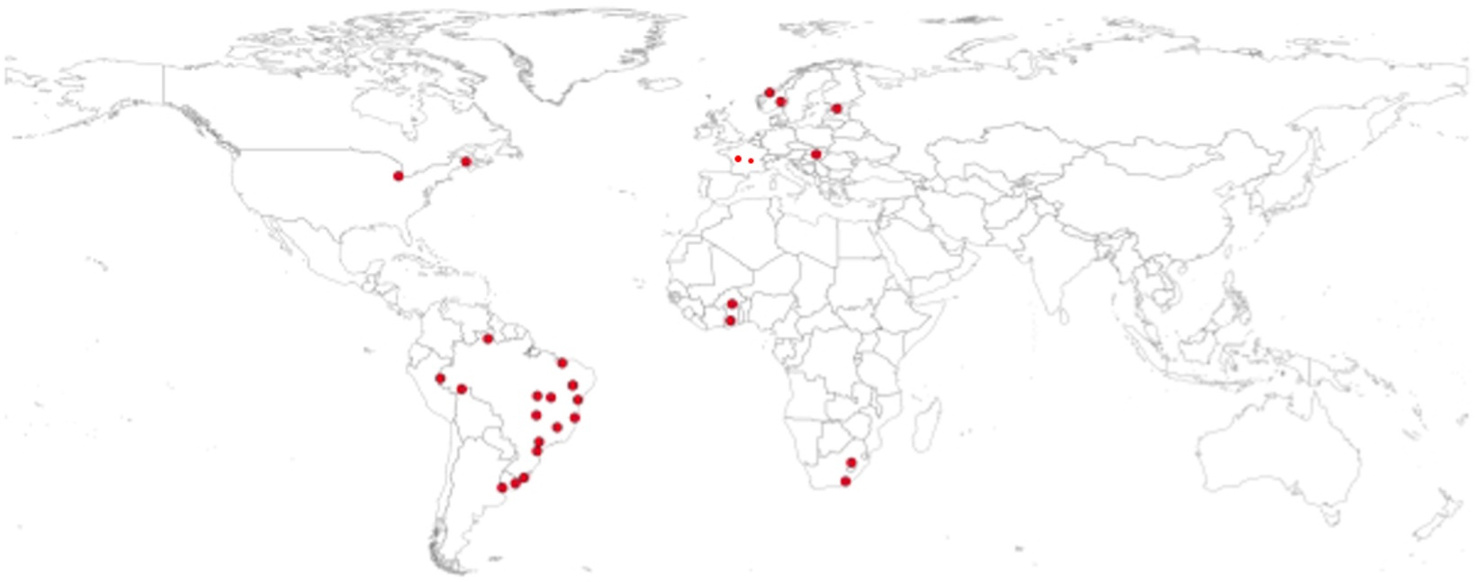
C-arouNd aims to investigate how short and long-term agricultural management practices affect SOM persistence in the soil profile and contribute to inclusion of the effects in national inventories to inform policy to reduce net greenhouse gas emissions and mitigate global change. C-arouNd also aims to synthesize findings from a worldwide consortium of long-term agricultural field experiments with focus on soil organic matter sequestration and persistence.
C-arouNd project summary
With the use of inorganic fertilizers, plant breeding and pesticides, global food production more than tripled in the last 60 years, reducing hunger and poverty by fulfilling the Sustainable Development Goals from the UN 2030 Agenda. However, this progress came at a cost because soil degradation resulted in a reduction of soil organic carbon (SOC) stocks and an increase in greenhouse gas (GHG) emissions and global warming. Agriculture and land use change are collectively responsible for nearly 20% of global greenhouse gas (GHG) emissions, making it one of the most significant contributors to nitrous oxide (N2O) and methane (CH4) emissions. Nitrous oxide arises primarily from the application of synthetic nitrogen fertilizers, while methane emissions result from livestock activity and paddy rice cropping. Promoting agricultural practices that enhance soil carbon stocks and decrease greenhouse gas (GHG) emissions is essential for mitigating global warming. Recognizing this, international initiatives such as the 4per1000 were launched during the COP21 meeting in Paris (2015) with the aim of encouraging the adoption of agricultural practices that boost soil carbon stocks as a strategy for mitigating global warming on a global scale. Moreover, increasing SOC will have positive effects on agricultural production due to increase nutrients and water cycling, and on soil health due to its positive relationship with soil biodiversity. The objective of this proposal is to evaluate the influence of conservationist and regenerative agricultural practices on carbon (C), nitrogen (N) and phosphorus (P) cycling, soil biodiversity and GHG emissions with a particular emphasis on long-term SOC stocks, and processes governing C persistence.

Our Team
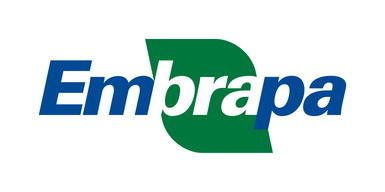










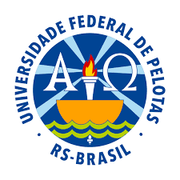



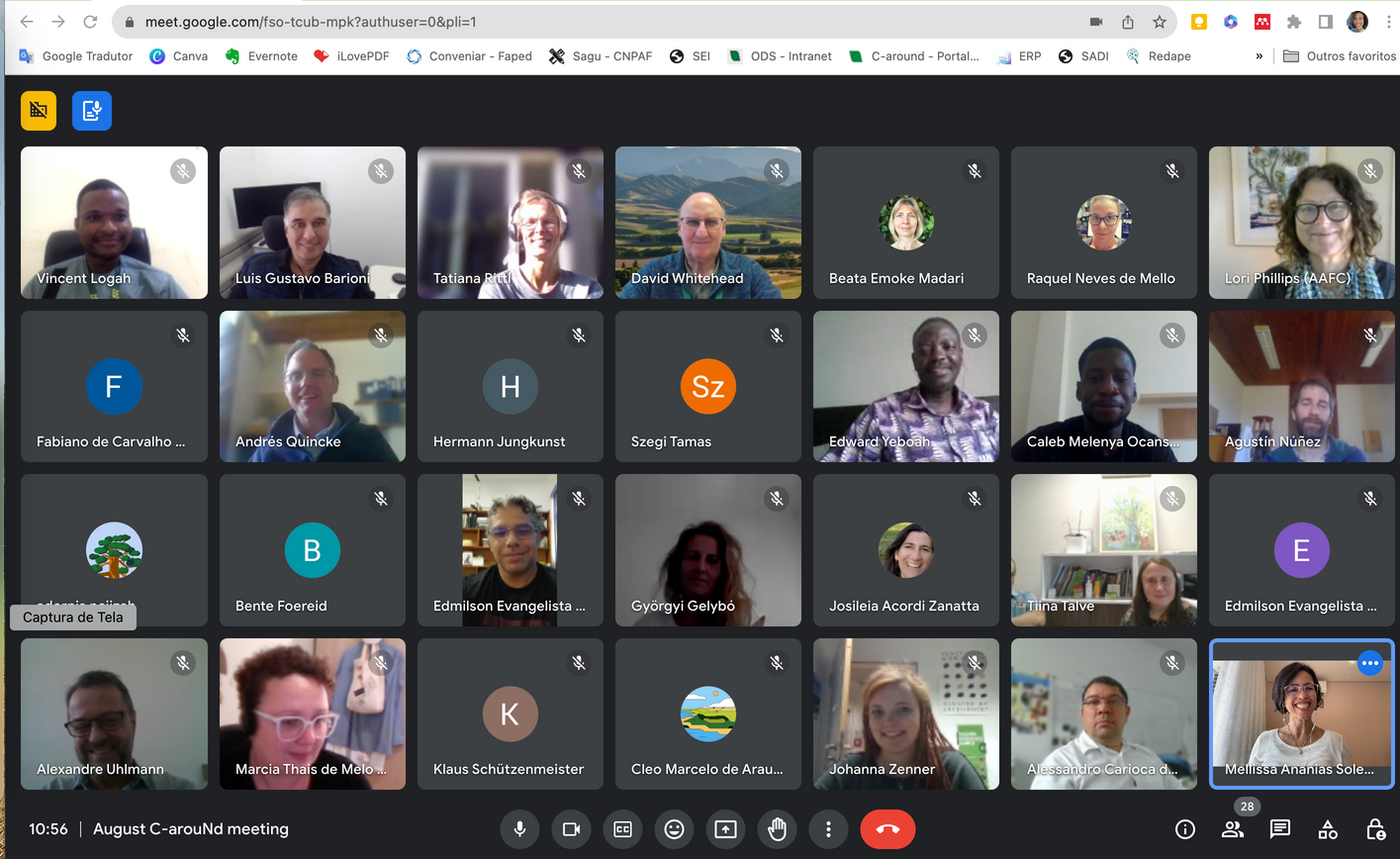
C-arouNd monthly meeting